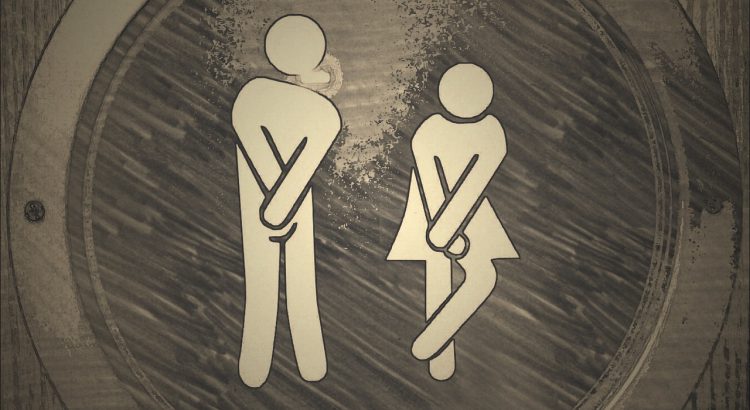Each month, we weigh in on a health and wellness myth and explain the real cause behind the malady.
This month’s misconception: Waiting to go to the bathroom isn’t harmful.
Everyone is guilty of waiting to use the bathroom at one time or another. Controlling our bladder is a necessity and completely normal, and so is the need to relieve ourselves to rid our bodies of unnecessary waste product. However, waiting too long to go can result in many health problems, some severe.
Waiting to go can cause a urinary tract infection (UTI). This occurs when bacteria present in urine build up in your bladder. Symptoms of a UTI include burning when you urinate; a frequent or intense urge to urinate (even though little comes out when you do); pain or pressure in your back or lower abdomen; and cloudy, dark, bloody or strange-smelling urine. UTIs also can lead to incontinence, where you may lose your ability to “wait to go.”
UTIs can eventually spread to your kidneys and lead to greater damage, such as the development of kidney stones. These solid crystals form in the kidney from excess sodium or calcium, and when they leave the body through the urinary tract, they can cause unbearable pain and nausea.
Cystitis is another health problem that can develop when you wait to go. Affecting mostly women, this occurs when the walls of the bladder become inflamed, resulting in pelvic pain, burning and/or pain when urinating, and urinating frequently.
Waiting to go can also cause your bladder muscles to over stretch, weakening your bladder, preventing it from emptying well and forcing you to make more trips to the bathroom.
But waiting to go problems don’t just have to do with urination. The rectum can develop problems if you consistently hold your bowel movements. The most common consequence is chronic constipation, which leads to bloating and abdominal pain.
The best words of advice to follow is “when you feel the need to go, you should go.”
